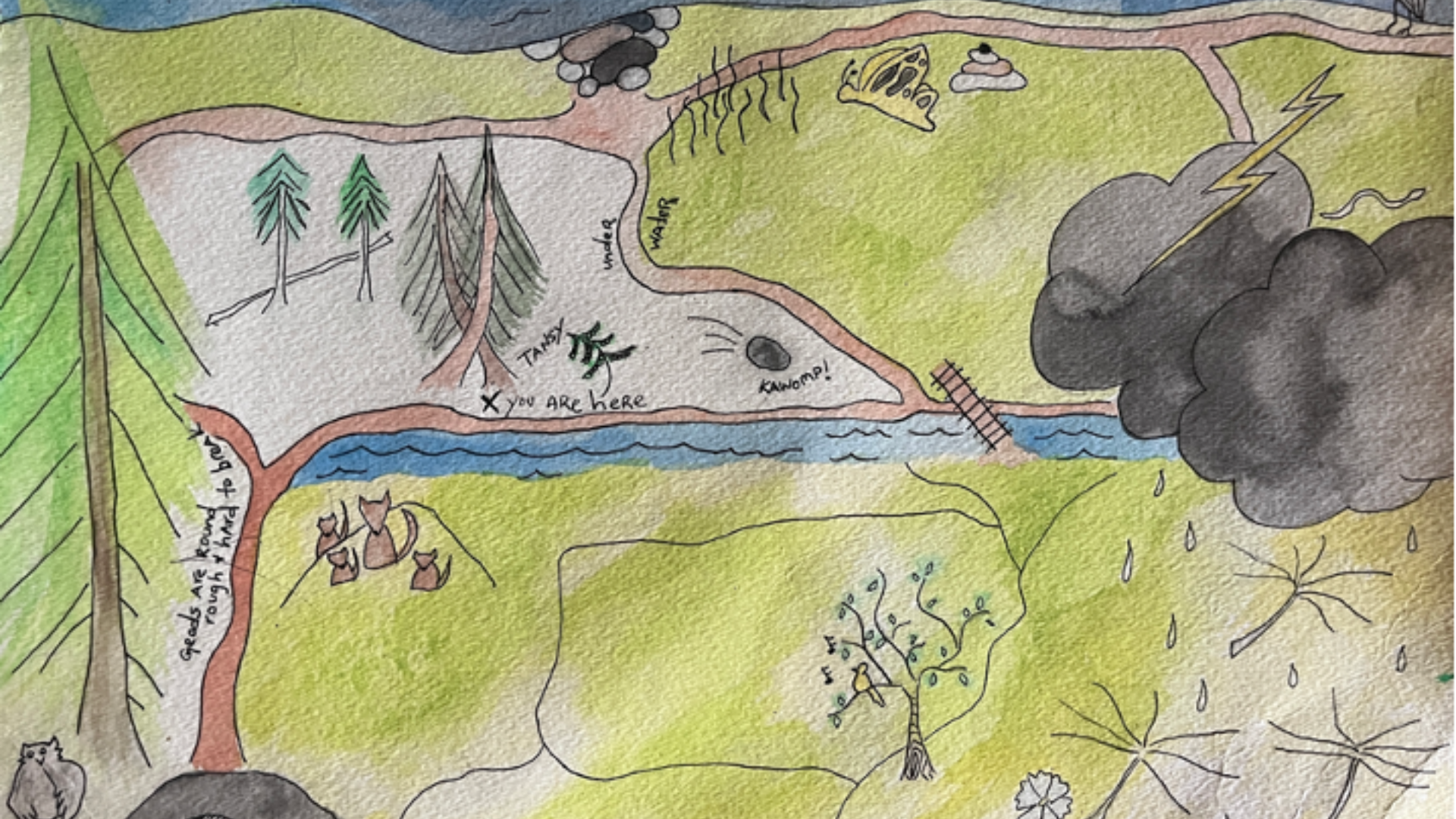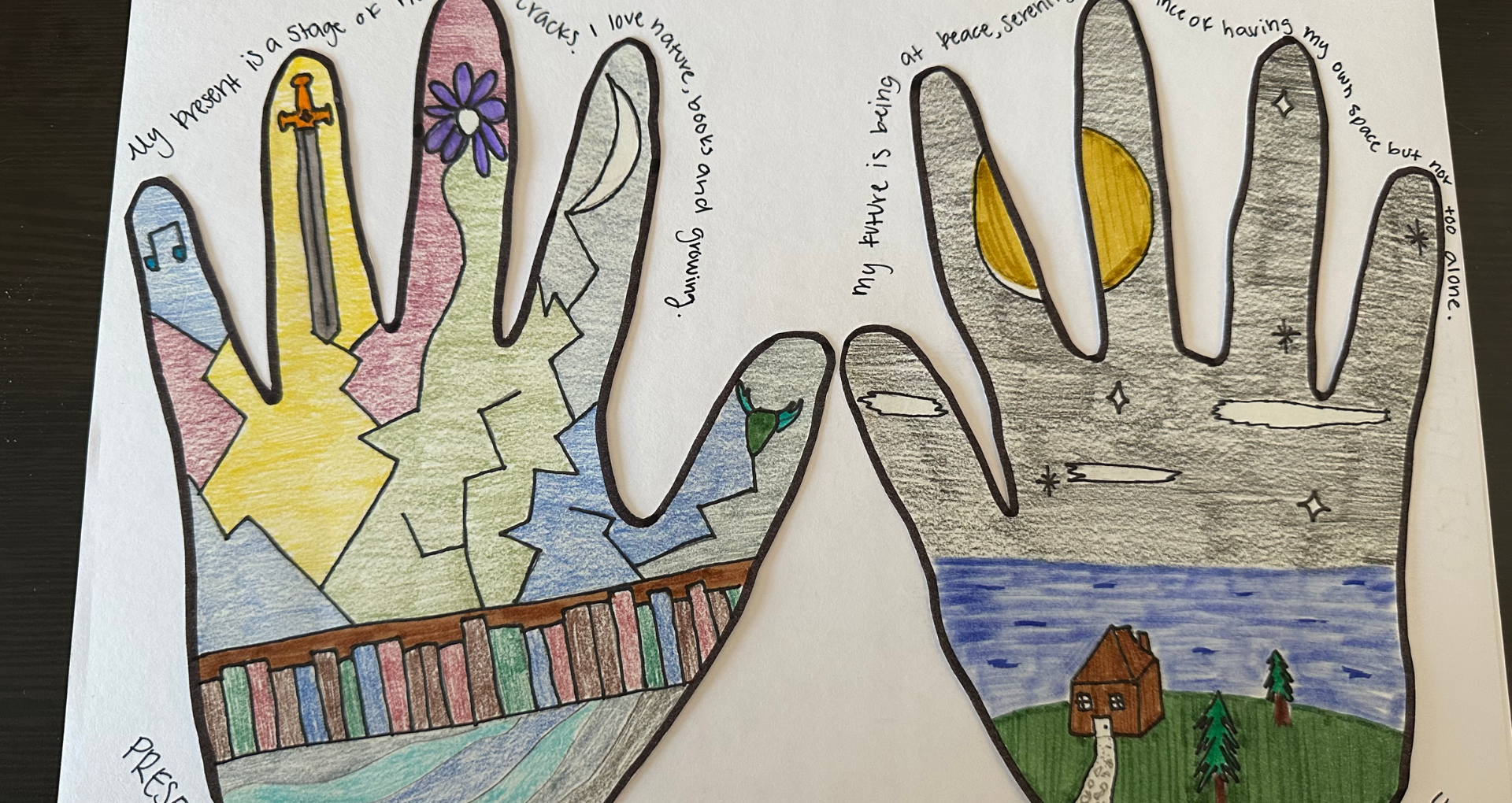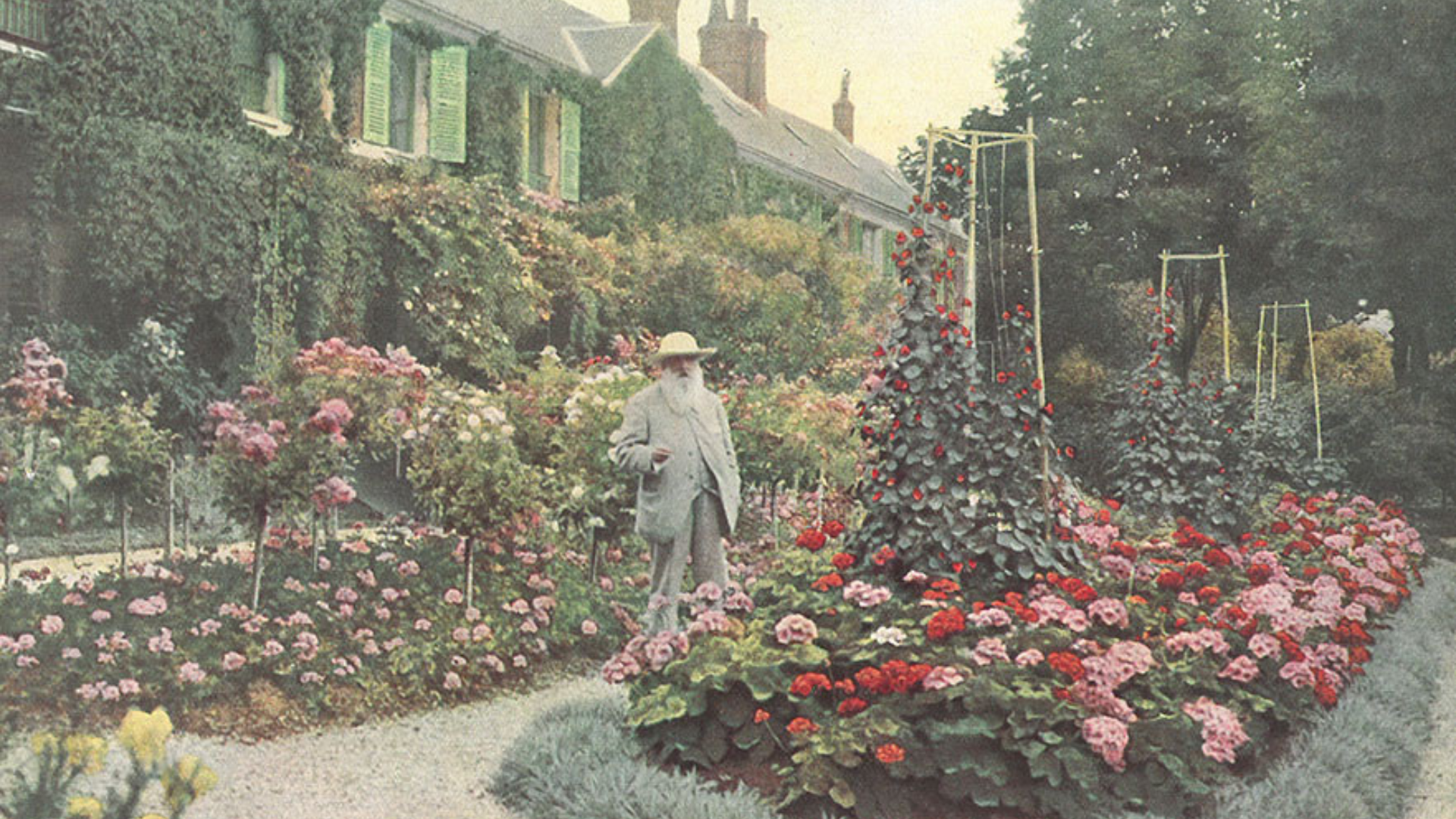1001 S Duck Street, Stillwater, OK 74074
(405) 744-1535 | infoartscenter@okstate.edu
Parent and Teacher Resources
Parent and Teacher Resources
Handprints of My Present and Future Self
Land Art Inspired Nature Collages and Photographs
Gelli Plate Printing + Collage Inspired by Monet's House and Garden in Giverny, France
Daniel Spoerri Inspired Collaborative Pizza Party
In the first session of Art Academy for 6-10 year olds this spring, we looked at artists and artwork inspired by food and our rituals and habits around eating. For this project, we took our inspiration from contemporary Swiss artist, Daniel Spoerri, who is best known for his so-called "snare pictures," which are large scale assemblages of what is left on a table after a meal has been eaten by a group of people. These works are made up of "used" cutlery, dinnerware, and napkins. They might also include spilled drinks, leftover bites, change, ashtrays, flower arrangements, wine corks and bottles, or paper ephemera left behind by one of the diners. His works are hung up on the wall, taking the table and its contents to the vertical. Viewed like this, they become intriguing tableaus with clues about what has happened in the moments before we, the viewers, arrived. Our students had fun following the clues and making educated guesses about who was there, what was eaten, and where the meal was enjoyed. In viewing Spoerri's work, they readily made connections to their own experiences dining with family and friends and to the idea that these times are poignant and celebratory. It was easy after this conversation to leap into creating our own tableau of a pizza party interrupted. This lesson could be adapted for students K-12.






